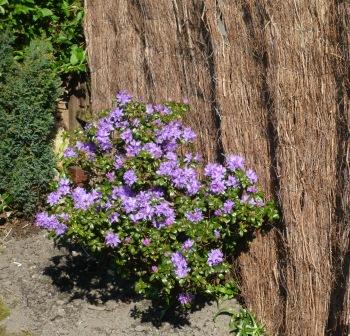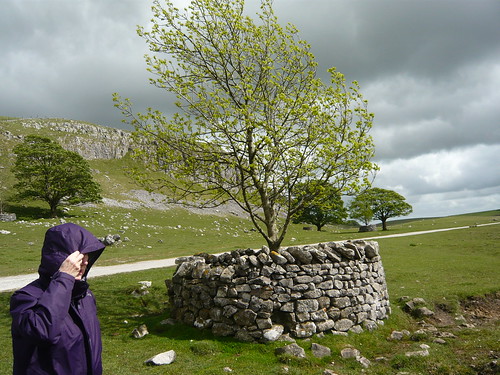Wind Breaks for the Garden
When the East wind doth blow we shall have snow and what will the gardener do then poor thing?
Windbreaks are used to protect plants from excessive and strong wind. The right design can deflect wind and create a micro climate to the benefit of soft plants in need of protection. However the wrong design can create currents where only normal wind previously existed. A windbreak will be effective for upto 10 times its height so a 6 foot barrier will protect 60 feet but the wind will get progressively stronger as the vacuum created by the barrier is filled with wind. A narrow barrier wont get the job done as the wind will blow around the edges.
The wrong windbreak will pile up snow where it is not wanted but the oppposite should be true. Plan your location of any wind brak for all seasons.
Natural Windbreaks
- Hedges and plants are a natural way of creating a barrier. A percentage of the wind will get through the balance drifting over and round.
- A solid wall of vegetation is seldom the best solution the wind hits it and is forced over the top creating swirls and eddies. Slowing the wind with a layered defence is the best approach with several lines of shrubs and trees as a defence culminating in the larger backstop. In such cases the wind is slowed all the way through so little eddying occurs.
- Willows are a windbreak plant par excellence. A double row can reduce windspeeds by as much as 60% even in the winter. They will typically grow 6ft or more in the first year and often reach 16ft or more by the third year. Control the roots and the height though.
- Wattle fences and reed barriers are another natural based product but they usually look manufactured.
- I have built up a soil based rockery as some limited protection and I was going to have a rockery anyway so two for the price of one. Rocks protect some of the alpines.
- Allotments often plant Jerusalem Artichokes as a seasonal barrier that also produces a crop.
Man made Windbreaks
- Windbreak netting can be used and is often seen as part of fruit cages.
- Lap fencing seems to be blown down regularly but is a popular semi-natural windbreak.
- Walls, greenhouses and sheds also need siting with windbreak properties in mind.
- Remember there will probably be a rain shadow where the prevailing wind would normally drop its rain.
- Finally windbreaks should be erected perpendicular to the prevailing wind for the greatest effect.
Windbreaks for the Garden at Amazon


2 thoughts on “Wind Breaks for the Garden”
thankyou very much ………….tips & info are simple & direct,I’ll check out the willow!
Comments are closed.